Dental ceramics and porcelain are among the most widely used materials in restorative dentistry due to their exceptional aesthetics, biocompatibility, and durability. With advancements in material science and technology, ceramics have evolved to meet the demands of both anterior and posterior restorations, offering solutions that combine strength with natural tooth-like appearance.
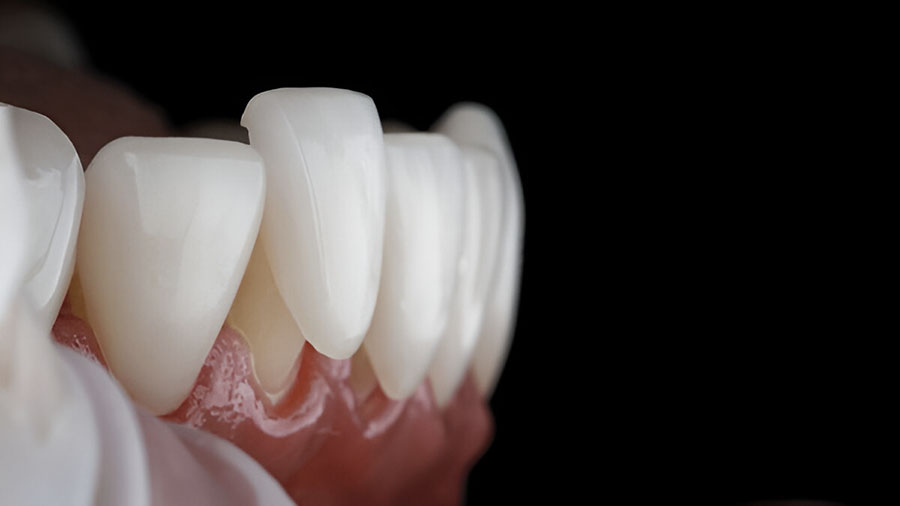
Table of contents [Show]
Dental ceramics and porcelain are among the most widely used materials in restorative dentistry due to their exceptional aesthetics, biocompatibility, and durability. With advancements in material science and technology, ceramics have evolved to meet the demands of both anterior and posterior restorations, offering solutions that combine strength with natural tooth-like appearance.

Definition and Overview
Dental ceramics are inorganic, non-metallic materials processed at high temperatures to create durable and aesthetic restorations. Among these, feldspathic porcelain is recognized as the "gold standard" for aesthetics due to its unmatched translucency and optical properties. These materials are ideal for mimicking the natural appearance of enamel and dentin, making them indispensable in modern dentistry.
Classification of Dental Ceramics
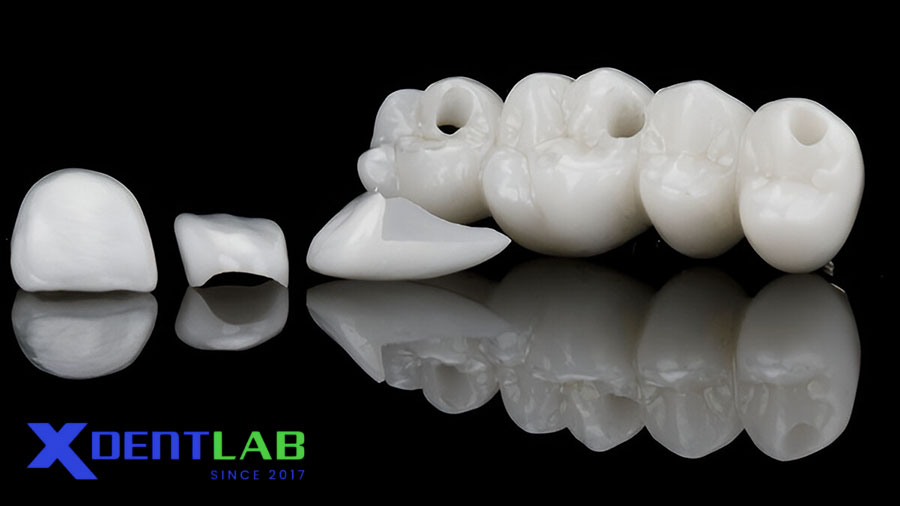
Based on Composition
Glass-Based Systems
Feldspathic Porcelain: Traditional ceramic with the highest translucency, ideal for anterior restorations.
Leucite-Reinforced Glass Ceramics: Incorporate leucite crystals for enhanced strength and opacity (e.g., IPS Empress).
Lithium Disilicate Glass Ceramics: Contain lithium-disilicate crystals for superior strength and aesthetics (e.g., IPS e.max, Celtra Duo).
Crystalline-Based Systems
Alumina-Based Ceramics: High alumina content for improved strength but reduced translucency (e.g., In-Ceram Alumina).
Zirconia-Based Ceramics: The strongest dental ceramic, stabilized with yttria for high durability (e.g., Lava, BruxZir).
Resin-Matrix Ceramics
Polymer-Infiltrated Ceramic Networks (PICN): Hybrid materials combining ceramic and resin for improved machinability (e.g., Vita Enamic).
Based on Processing Method
Powder/Liquid Systems: Traditional feldspathic porcelain applied through layering for maximum aesthetic control.
Pressable Ceramics: Heat-pressed ceramics using the lost-wax technique (e.g., IPS Empress, e.max Press).
Machinable Ceramics (CAD/CAM): Digitally milled ceramics for precision and same-day restorations (e.g., Vita Mark II, e.max CAD).
Slip-Cast Ceramics: Alumina or zirconia cores created through slip-casting techniques (e.g., In-Ceram system).
Based on Firing Temperature
Ultra-Low Fusing (< 850°C).
Low Fusing (850-1100°C).
Medium Fusing (1101-1300°C).
High Fusing (> 1300°C).
Composition and Structure
Feldspathic Porcelain Components
Feldspar (60-80%): Forms the glass matrix.
Quartz/Silica (15-25%): Strengthens and controls thermal expansion.
Kaolin (0-5%): Improves moldability.
Metal Oxides: Provide color, opacity, and fluorescence.
Crystal Reinforcement
Leucite Crystals: Increase strength and thermal expansion.
Lithium Disilicate Crystals: Provide needle-like morphology for enhanced strength and aesthetics.
Properties of Dental Ceramics
Mechanical Properties
Feldspathic Porcelain: Flexural strength (60-120 MPa), fracture toughness (0.9-1.3 MPa·m^1/2).
Leucite-Reinforced Ceramics: Flexural strength (120-180 MPa), fracture toughness (1.3-2.0 MPa·m^1/2).
Lithium Disilicate: Flexural strength (360-400 MPa), fracture toughness (2.0-2.5 MPa·m^1/2).
Zirconia: Flexural strength (900-1200 MPa), fracture toughness (4-6 MPa·m^1/2).
Optical Properties
Translucency: Highest in feldspathic porcelain, moderate in glass-ceramics, low in zirconia.
Fluorescence and Opalescence: Mimic natural teeth for lifelike restorations.
Physical Properties
Low thermal conductivity (insulator), excellent chemical stability, and biocompatibility.
Clinical Applications
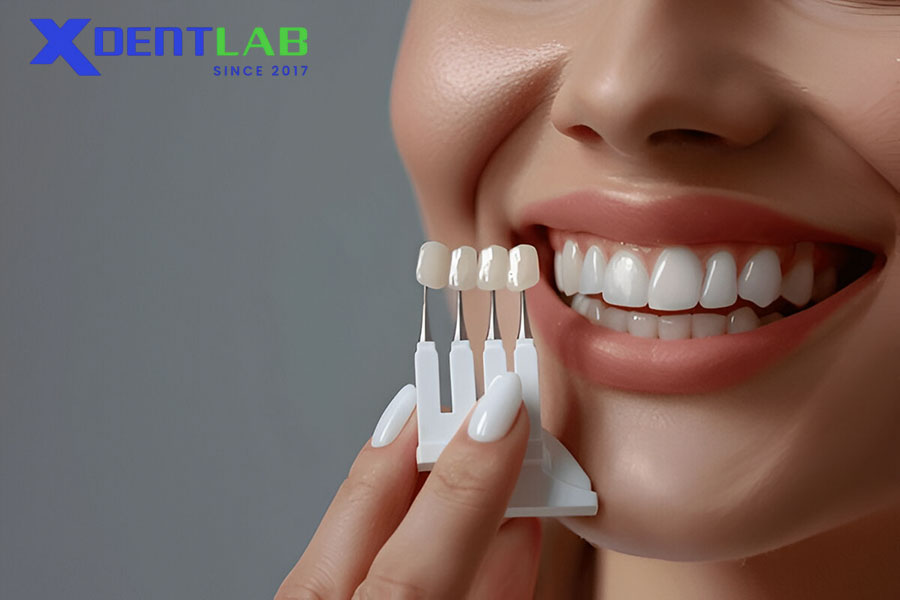
All-Ceramic Crowns
Anterior: Feldspathic and lithium disilicate for aesthetics.
Posterior: Lithium disilicate or zirconia for strength.
Veneers
Feldspathic porcelain (0.3-0.5mm) for minimal preparation designs.
Pressed ceramics (0.5-0.7mm) for added strength.
Inlays and Onlays
Glass-ceramics or CAD/CAM materials for single-visit adhesive restorations.
Fixed Dental Prostheses (Bridges)
Anterior: 3-unit lithium disilicate bridges.
Posterior: Zirconia frameworks for long spans.
Implant Abutments and Crowns
Zirconia abutments for aesthetic zones.
Titanium base with ceramic for hybrid restorations.
Processing Techniques
Traditional Layering: Powder/liquid build-up for maximum aesthetics.
Pressing Technology: Lost-wax technique for a single pressing cycle.
CAD/CAM Technology: Digital milling for precision and efficiency.
Slip-Casting: Porous alumina or zirconia cores infiltrated with glass.
Bonding and Cementation
Surface Treatment
Glass-based ceramics: Hydrofluoric acid etching (5% HF for 20-60 seconds) and silane coupling agent.
Zirconia: Sandblasting with 50 μm Al2O3 particles and MDP-containing primers.
Adhesive resin cements for veneers and inlays.
Self-adhesive resin cements for crowns.
Glass ionomer for zirconia crowns.
Advantages and Limitations
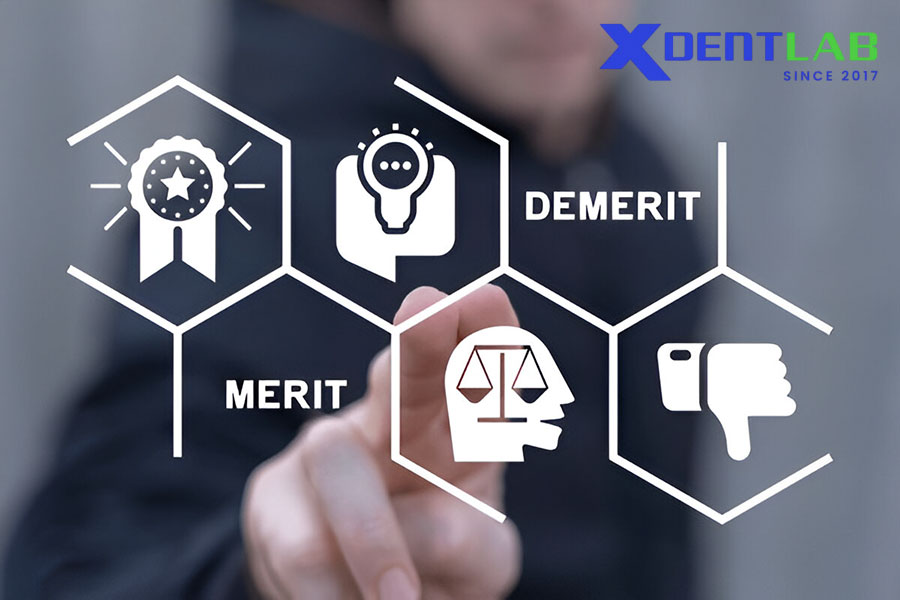
Advantages
Excellent aesthetics and translucency.
Biocompatible and chemically stable.
Low thermal conductivity and wear compatibility with natural teeth.
Limitations
Brittleness and low tensile strength.
Technique-sensitive fabrication.
Higher cost compared to metal-ceramics.
Potential for chipping or fracture.
Recent Innovations
Monolithic Zirconia: Full-contour restorations with improved translucency and reduced chipping.
Gradient/Multi-layered Zirconia: Mimics natural tooth appearance with color and translucency gradients.
High-Translucency Zirconia: Suitable for anterior applications with enhanced aesthetics.
Hybrid Ceramics: Polymer-infiltrated ceramics for improved machinability and reduced brittleness.
3D Printed Ceramics: Additive manufacturing for complex geometries and reduced material waste.
Clinical Considerations
Case Selection: Aesthetic priority for anterior teeth, strength for posterior teeth.
Preparation Guidelines: Adequate reduction (1.0-2.0mm) with rounded internal angles.
Shade Selection: Use natural lighting, multiple shade guides, and digital matching for accuracy.
Future Directions
The development of dental ceramics is focused on:
Self-Healing Ceramics: Materials that repair micro-cracks.
Bioactive Properties: Promote tissue integration and remineralization.
Nanotechnology: Enhanced strength and optical properties.
AI-Assisted Design: Streamlined workflows and customization.
Sustainability: Eco-friendly manufacturing processes.
Conclusion
Dental ceramics and porcelain continue to set the standard for aesthetic and durable restorations. With ongoing innovations in material science and digital technology, they are poised to meet the evolving demands of modern dentistry, offering solutions that combine beauty, strength, and functionality.
XDENT LAB is an expert in Lab-to-Lab Full Service from Vietnam, with the signature services of Removable & Implant, meeting U.S. market standards – approved by FDA & ISO. Founded in 2017, XDENT LAB has grown from local root to global reach, scaling with 2 factories and over 100 employees.. Our state-of-the-art technology, certified technicians, and commitment to compliance make us the trusted choice for dental practices looking to ensure quality and consistency in their products.

Our commitments are:
100% FDA-Approved Materials.
Large-Scale Manufacturing, high volume, remake rate < 1%.
2~3 days in lab (*digital file).
Your cost savings 30%.
Uninterrupted Manufacturing 365 days a year.
Contact us today to establish a strategy to reduce operating costs.
--------❃--------
Vietnam Dental Laboratory - XDENT LAB
🏢 Factory 1: 95/6 Tran Van Kieu Street, Binh Phu Ward, Ho Chi Minh City, Vietnam
🏢 Factory 2: Kizuna 3 Industrial Park, Can Giuoc Commune, Tay Ninh Province, Vietnam
☎ Hotline: 0919 796 718 📰 Get detailed pricing
Share this post:
Related Posts
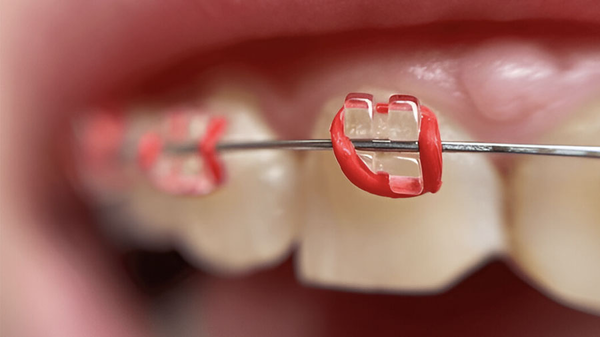
Discover the properties, benefits, and limitations of polycarbonate brackets in orthodontics. Learn how advancements in material science are enhancing aesthetic and functional performance.

Polymer brackets explained: From material composition to clinical performance, learn how these aesthetic braces are advancing orthodontics.
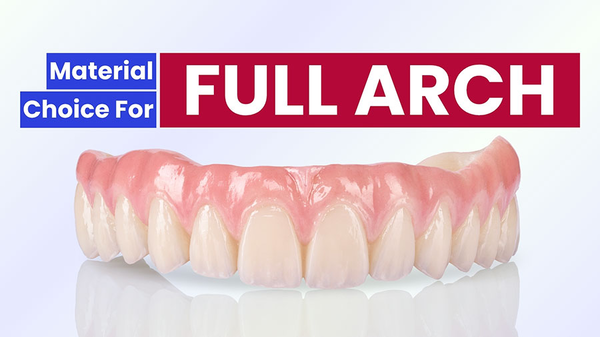
Material selection in full arch implant-supported restoration defines both functional success and clinical longevity. Learn about the key variables influencing material choice, common materials used i...


